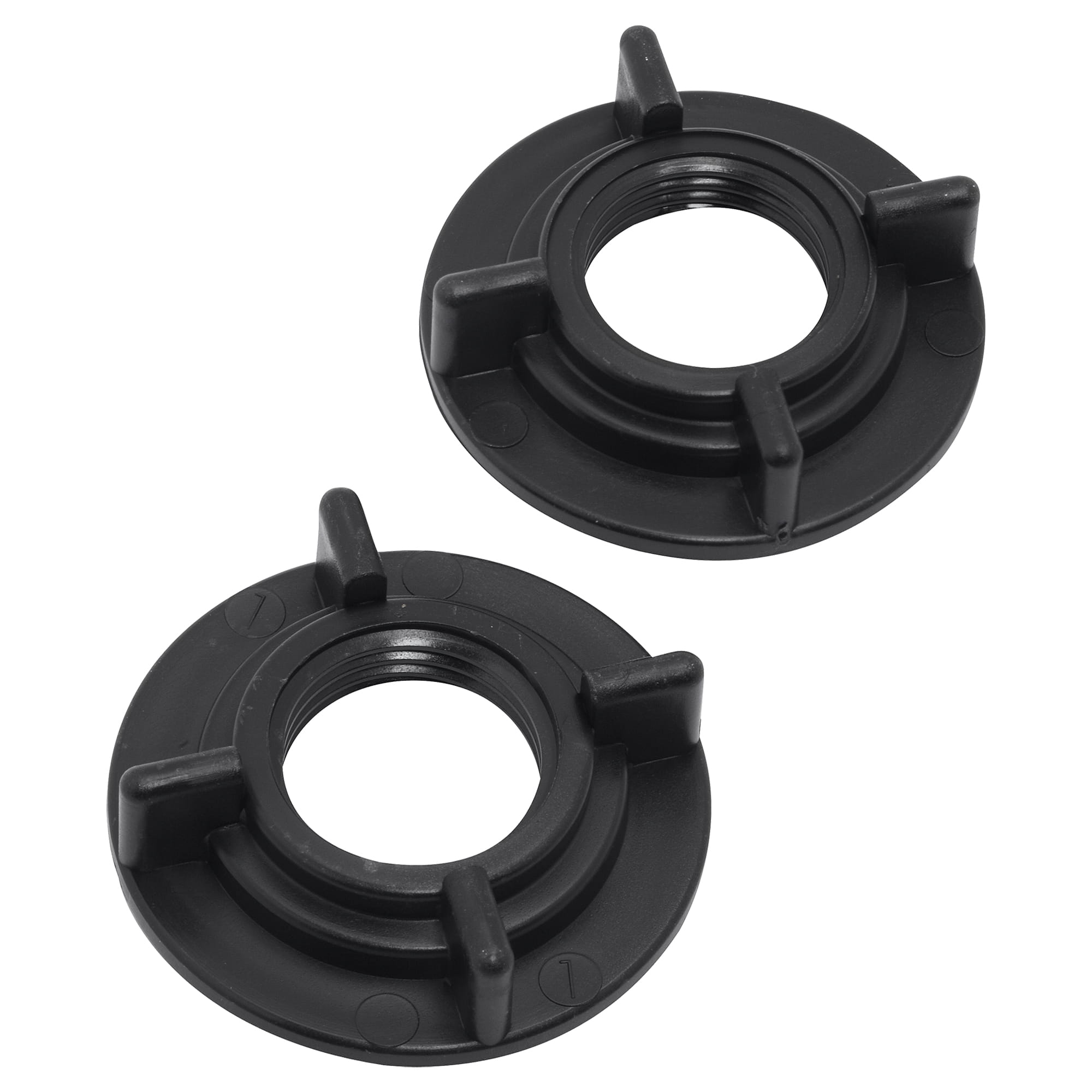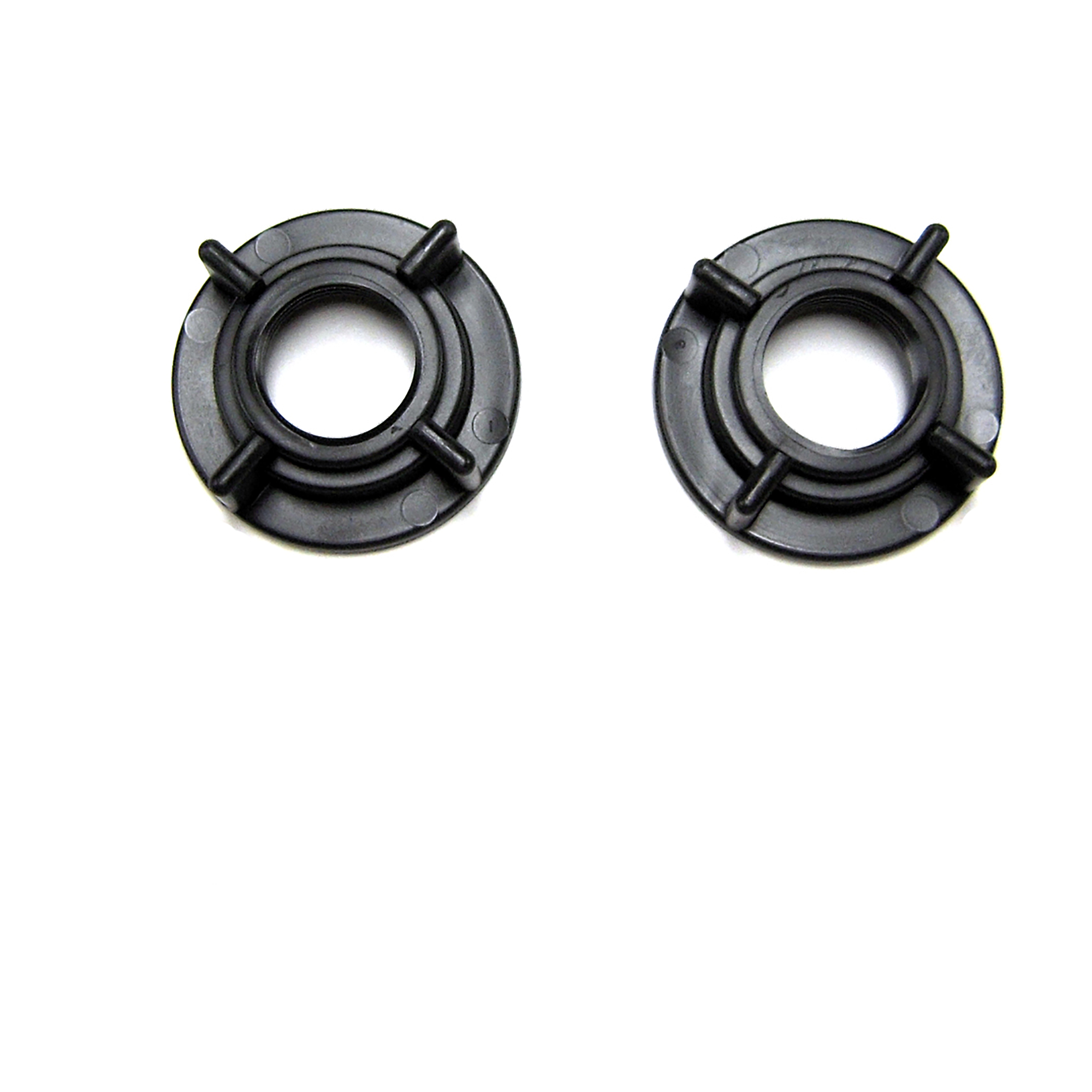Function and Purpose

The plastic nut, often referred to as a compression nut, plays a crucial role in the functionality and integrity of a bathroom faucet assembly. Its primary function is to secure and tighten the faucet stem, which controls water flow, against the faucet cartridge, creating a watertight seal. This seemingly simple component is essential for ensuring smooth water flow and preventing leaks.
Interaction with Other Components
The plastic nut is strategically positioned within the faucet assembly, acting as a bridge between the faucet stem and the cartridge. The stem, typically made of brass or metal, features a threaded end that engages with the threads on the plastic nut. When the nut is tightened, it pulls the stem firmly against the cartridge, creating a secure connection. This connection is vital for the smooth operation of the faucet.
Role in Water Flow Control and Sealing
The plastic nut plays a critical role in controlling water flow and maintaining a leak-free seal.
- Water Flow Control: The plastic nut’s tight grip on the stem ensures that the stem’s internal components, like the O-rings and washers, maintain their proper position. This, in turn, allows for precise control over water flow when the faucet handle is turned.
- Watertight Seal: The compression created by the plastic nut against the cartridge forms a watertight seal, preventing leaks from the faucet. This seal is crucial for preventing water damage and ensuring efficient water usage.
Installation and Maintenance

Installing a plastic nut on a bathroom faucet is a straightforward process that requires minimal tools and expertise. This nut, also known as a compression nut, is crucial for securing the faucet to the sink and ensuring a tight seal to prevent leaks. Proper installation and maintenance of this essential component are vital for the longevity and smooth functioning of your bathroom faucet.
Installation Process
Installing a plastic nut on a bathroom faucet typically involves these steps:
- Prepare the faucet and sink: Before beginning, ensure the water supply to the faucet is turned off. This can be done by shutting off the valves located under the sink. Next, remove the old plastic nut from the faucet using a wrench. If the nut is corroded or stuck, you may need to use a pipe wrench for extra leverage.
- Clean the threads: After removing the old nut, clean the threads on both the faucet and the sink using a wire brush or a cloth to remove any debris or corrosion. This will ensure a smooth and secure connection.
- Install the new plastic nut: Thread the new plastic nut onto the faucet spout. Tighten it using a wrench, ensuring that it is securely fastened to the faucet without overtightening. Overtightening can damage the nut or the faucet.
- Reconnect the water supply: Once the nut is securely installed, turn the water supply back on and check for any leaks. If there are leaks, tighten the nut further, but do not overtighten. If the leak persists, there may be a problem with the faucet itself or the plumbing.
Troubleshooting Common Problems
- Leaks: A common problem with plastic nuts is leaks. If you notice a leak, the nut may be loose or damaged. Try tightening the nut further, but be careful not to overtighten it. If the leak persists, the nut may be damaged and needs to be replaced.
- Loosening: Another common problem is the plastic nut loosening over time. This can be caused by vibrations or pressure changes in the plumbing system. If the nut loosens, tighten it with a wrench. If it continues to loosen, consider using a thread sealant or replacing the nut with a new one.
Maintenance Tips
- Regular inspection: Inspect the plastic nut regularly for signs of wear or damage. If you notice any cracks or chips, replace the nut immediately to prevent leaks.
- Tighten as needed: Tighten the nut periodically to ensure it remains secure.
- Clean the nut: Clean the nut with a damp cloth to remove any debris or buildup that may interfere with its performance.
Alternatives to Plastic Nuts: Bathroom Faucet Plastic Nut
Plastic faucet nuts are a common component in plumbing systems, but they can have drawbacks. While plastic is inexpensive and lightweight, it can be susceptible to damage from heat, chemicals, and wear and tear. This can lead to leaks and other problems. For these reasons, alternative materials are often used for faucet nuts, offering a more durable and reliable solution.
Metal Faucet Nuts
Metal faucet nuts offer several advantages over plastic. They are stronger and more resistant to damage from heat, chemicals, and wear and tear. Metal is also less likely to crack or break under pressure, making it a more reliable choice for high-pressure plumbing systems.
- Brass: A common choice for faucet nuts, brass is durable, corrosion-resistant, and aesthetically pleasing. It is also a good conductor of heat, which can help to prevent freezing.
- Stainless Steel: Stainless steel is even more resistant to corrosion than brass and is also very strong. It is a good choice for faucet nuts in areas where there is a high risk of corrosion, such as coastal areas or areas with hard water.
- Bronze: Bronze is a durable and corrosion-resistant metal that is often used for decorative fixtures. It is also a good choice for faucet nuts in areas where there is a high risk of corrosion.
Rubber Faucet Nuts
Rubber faucet nuts are a less common alternative to plastic, but they offer some unique advantages. Rubber is flexible and can help to absorb vibrations and noise from the plumbing system. It is also a good insulator, which can help to prevent heat loss from the faucet.
- Neoprene: A common type of rubber used for faucet nuts, neoprene is resistant to chemicals, oil, and water. It is also a good insulator, which can help to prevent heat loss from the faucet.
- Silicone: Silicone is a durable and flexible rubber that is often used for high-temperature applications. It is also resistant to chemicals and water, making it a good choice for faucet nuts in areas where there is a high risk of exposure to these elements.
Choosing the Right Material, Bathroom faucet plastic nut
The best material for a faucet nut will depend on the specific application. In general, metal faucet nuts are a good choice for high-pressure plumbing systems or areas where there is a high risk of corrosion. Rubber faucet nuts are a good choice for applications where noise reduction or insulation is important.
It’s important to consider the specific needs of your plumbing system when choosing a faucet nut material. Consult with a qualified plumber to determine the best option for your application.
